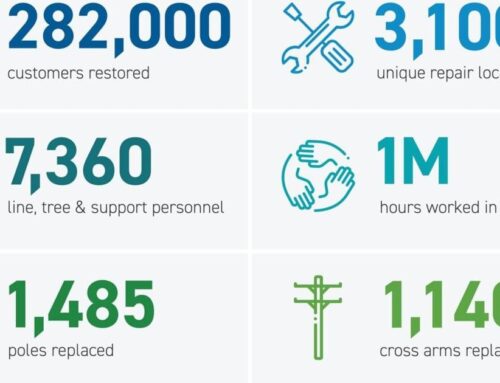Ethereum (ETH) News: VanEck on ‘Significant’ Implications of December’s Fusaka Upgrade
October 4, 2025
Global asset manager VanEck says Ethereum’s Fusaka upgrade in December could cut costs for rollups and strengthen ETH’s role as the backbone of onchain activity.
By Siamak Masnavi, AI Boost|Edited by Aoyon Ashraf
Oct 4, 2025, 10:14 a.m.

- VanEck said Ethereum’s Fusaka upgrade in December will make it easier for layer-2 blockchains to scale by easing the data burden on validators.
- The upgrade should lower transaction costs for end users as more activity shifts to rollups, according to VanEck.
- VanEck analysts cautioned that while Fusaka may not restore fee revenue to Ethereum’s mainnet, it strengthens ETH’s role as a monetary asset underpinning the network.
Ethereum’s next major network upgrade, Fusaka, could reshape how users experience the blockchain by lowering costs and boosting efficiency, according to asset manager VanEck.
In its September crypto market recap, VanEck’s research team said Fusaka, expected to go live in December, is designed to tackle one of Ethereum’s biggest hurdles: data availability for rollups, the scaling solutions that bundle many transactions together before settling them on Ethereum.
STORY CONTINUES BELOW
The centerpiece of the upgrade is a technique called Peer Data Availability Sampling (PeerDAS). Instead of requiring every Ethereum validator to download all transaction data, PeerDAS allows them to verify blocks by sampling smaller pieces.
VanEck explained that this reduces bandwidth and storage demands, making it possible to safely raise Ethereum’s “blob” capacity — the data slots used by rollups — without putting strain on the network.
This matters because Ethereum developers have already doubled blob limits once this year, and demand continues to rise.
Coinbase’s Base and Worldcoin’s World Chain now account for about 60% of all rollup data submitted, VanEck noted, showing how central L2s have become to the network’s growth. By expanding capacity further, Fusaka is expected to cut costs for rollups, which should translate into cheaper transactions for end users.
VanEck argued that the upgrade underscores Ethereum’s shift away from being driven by base layer fees.
As more activity moves to rollups, mainnet fee revenue has declined, but the firm stressed this does not diminish ETH’s importance. Instead, Ethereum’s security role in settling rollup transactions increases, reinforcing ETH’s position as a monetary asset rather than just a fee-yielding one.
VanEck analysts also warned that unstaked ETH holders face dilution risk as institutional actors — from exchange-traded products to crypto treasury firms — continue accumulating ETH positions to stake for yield.
In that context, they believe, Fusaka strengthens Ethereum’s appeal by lowering L2 costs and reinforcing its centrality in a scaling ecosystem that is expected to attract more institutional adoption.
VanEck concluded that while technical challenges remain, Fusaka marks a pivotal step in Ethereum’s rollup-centric roadmap, with “significant implications” for both users and long-term holders.
AI Disclaimer: Parts of this article were generated with the assistance from AI tools and reviewed by our editorial team to ensure accuracy and adherence to our standards. For more information, see CoinDesk’s full AI Policy.
More For You
By Siamak Masnavi, AI Boost|Edited by Aoyon Ashraf
10 hours ago

Ripple cryptographer J. Ayo Akinyele outlines a privacy-first roadmap — ZK proofs and confidential tokens — to make XRP Ledger attractive to institutions.
What to know:
- Ripple engineer J. Ayo Akinyele said he aims to make the XRP Ledger the first choice for institutions by building in privacy, compliance and trust at the protocol level.
- He pointed to zero-knowledge proofs and confidential multipurpose tokens (MPTs) as tools that can enable private, compliant transactions and support tokenized real-world assets.
- Akinyele argued that scaling blockchains requires protecting trust, saying XRPL’s financial focus and decade of reliability make it uniquely positioned for the coming wave of institutional adoption.
Search
RECENT PRESS RELEASES
Related Post














